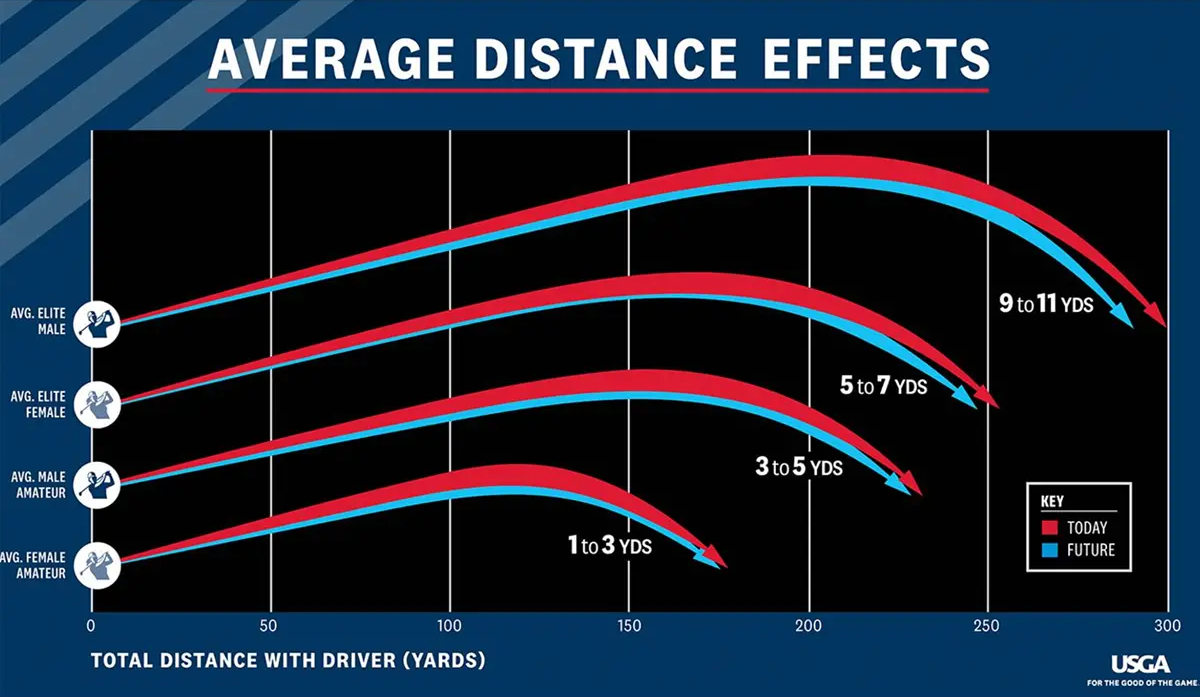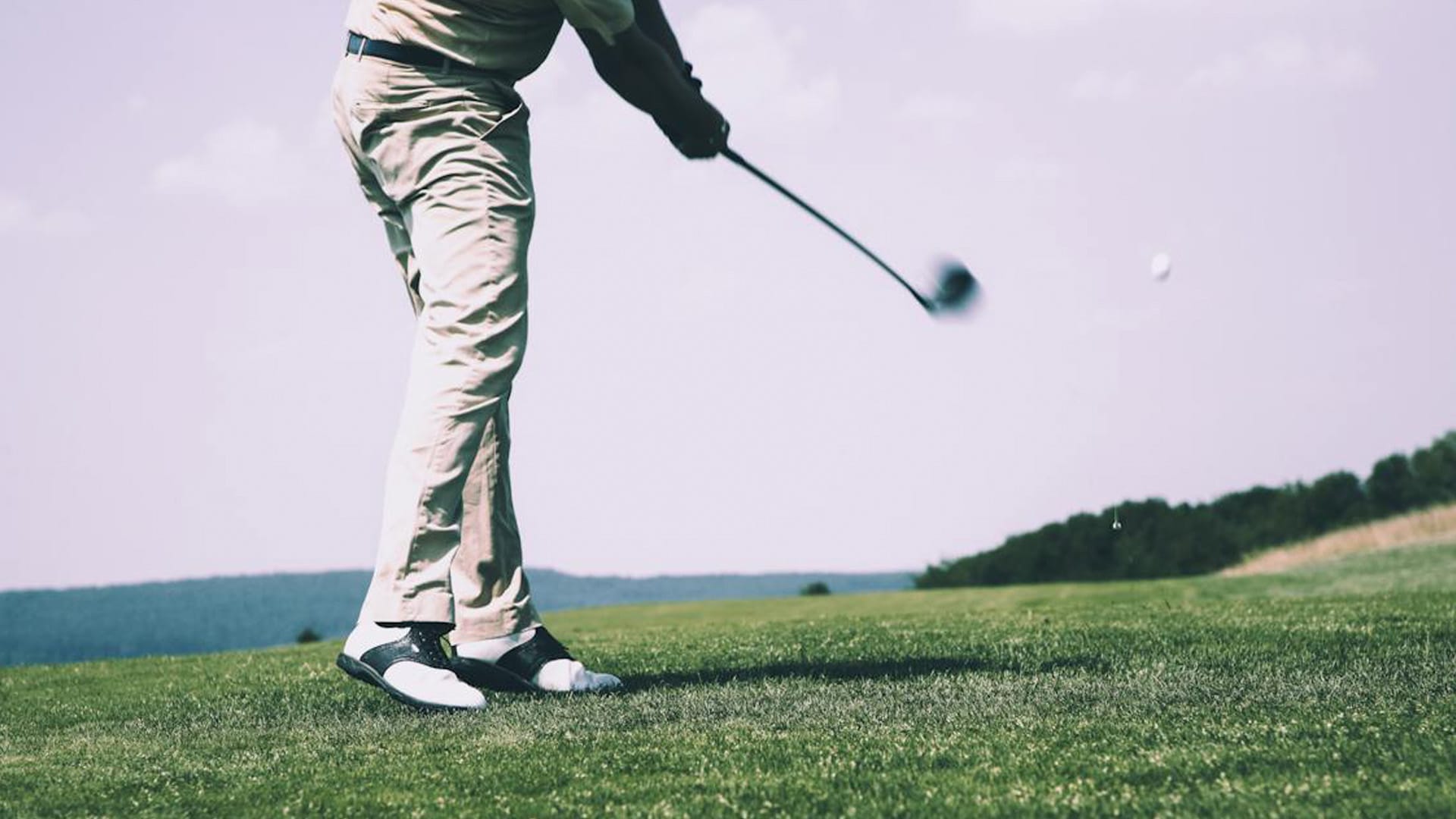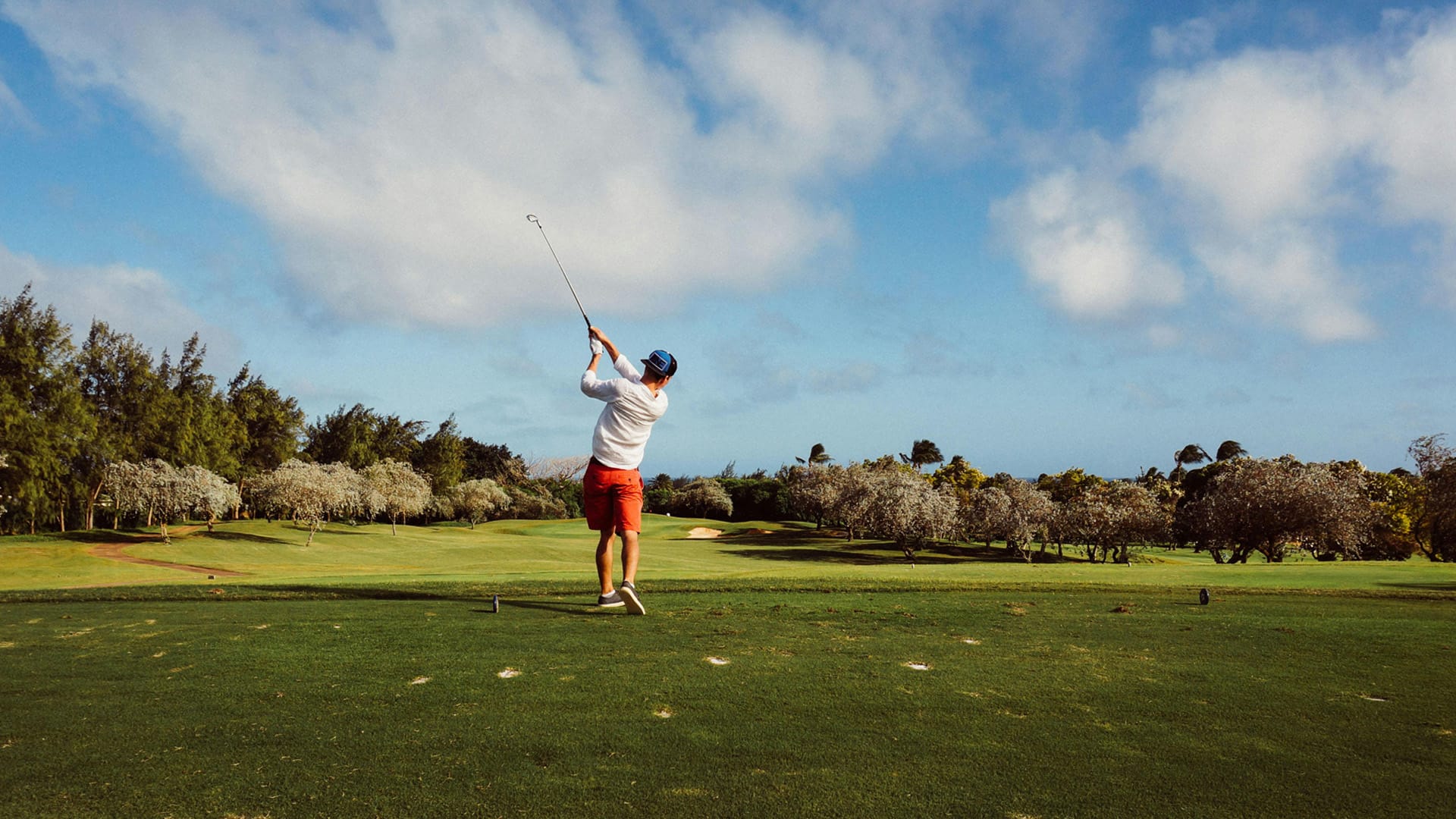The Big Golf Ball Rollback and What It Means for You...

The world of golf, a realm of green fairways and meticulously maintained courses, is on the brink of a major transformation. The golf ball rollback, a decision made by the Royal and Ancient Golf Club of St Andrews and the United States Golf Association (USGA), has been the subject of intense scrutiny and debate. As we explore the intricacies of this change, it becomes apparent that the decision to roll back golf ball specifications is not just a technical adjustment; it's a recalibration of the very essence of the sport.
After extensive research into the influence of hitting distances on the sport, these new rules are slated to be integrated into professional play starting in 2028, with recreational implementation set for 2030. This marks a significant step forward in shaping the future landscape of golf, reflecting a comprehensive understanding of the game's dynamics and a commitment to maintaining its integrity.
The Driving Force Behind the Rollback:
In recent years, the game of golf has witnessed a remarkable evolution in technology, and golf balls have been at the forefront of this change. The ability of modern golf balls to cover greater distances has raised concerns among traditionalists, prompting a closer look at the balance between technology and the sport's inherent challenges.
The decision-makers behind the rollback argue that the increasing distance capabilities of golf balls threaten the integrity of the game. Courses designed with a certain level of difficulty and challenge are being outpaced by advancements in golf ball technology.

The Impact on Professional Golfers:
For professional golfers, the rollback introduces a new set of challenges and opportunities. There are, of course, potential consequences which will level the playing field among professionals. With a rollback in specifications, the emphasis may shift from sheer power to skill and finesse.
The existing rule governing conforming golf balls stipulates that, under specific launch conditions, a golf ball struck at a club head speed of 120 miles per hour (equivalent to 176 mph ball speed) cannot travel beyond 320 yards.
This rule is set to undergo a change, adjusting the limit to 320 yards for golf balls struck at a club head speed of 125 mph under the same launch conditions. Consequently, this modification may render many current golf balls non-conforming, disallowing their use in play.
The forthcoming adjustment is poised to initiate a 'rollback' that could retract the distance by 15 yards for the game's most powerful hitters, essentially harking back to the distances seen in the late '90s. Given the PGA Tour's current average driving distance at 300 yards, this 15-yard rollback signifies a 5% reduction in driving distance.
For those professional players with shorter drives on the men's tours, an estimated reduction of approximately 9-11 yards is expected. Meanwhile, elite female players are likely to experience a 5-7 yard decrease in their overall distance as a result of this anticipated change.
Long-hitting players, who have enjoyed a distinct advantage in recent years, might find themselves recalibrating their strategies. The rollback could foster an environment where accuracy and precision become more decisive factors in determining the outcome of tournaments. This, in turn, might lead to a more diverse pool of winners, showcasing a broader range of playing styles.
The question of fairness in competition has been a recurring theme in discussions surrounding the golf ball rollback. If implemented effectively, the rollback has the potential to reinvigorate professional golf, making it more engaging for both players and fans.

Implications for Amateur Golfers:
The impact of the golf ball rollback extends beyond the professional circuit to the millions of amateur golfers around the world. While professionals may need to recalibrate their strategies, amateurs could find the game more relatable and enjoyable.
Amateur golfers often face challenges in matching the distances achieved by professionals, which can sometimes create a sense of disconnect. The rollback could bridge this gap, aligning the experiences of amateur and professional players. As courses become more manageable for the average golfer, the game's accessibility and appeal may see a significant boost.
Adaptation by Golf Ball Manufacturers:
The official announcement of the golf ball rollback has set the gears in motion for golf ball manufacturers. Golf.com's coverage explores the potential adjustments manufacturers might need to make to comply with the new specifications.
Changes to the core, cover, and overall construction of golf balls are anticipated. Manufacturers will need to innovate and adapt, ensuring that their products continue to deliver high performance while adhering to the rollback requirements. This presents a unique challenge and opportunity for the industry to showcase its ingenuity and commitment to the evolving landscape of golf.

Looking Ahead: Balancing Tradition and Innovation:
As the golf ball rollback takes center stage, the future of golf is at a crossroads. While the initial shockwaves may create ripples of resistance, the long-term benefits for the sport could be substantial. Striking the right balance between tradition and innovation is a challenge that many sports face, and golf is no exception.
The rollback is not merely a change in specifications; it represents a shift in the dynamics of the game. From concerns about course relevance to the potential impact on players and manufacturers, the golfing community will be closely watching as this new chapter unfolds. The hope is that the rollback will enhance the integrity and spirit of golf while maintaining its status as a sport that values skill, strategy, and tradition.
The Evolution of Golf:
In conclusion, the big golf ball rollback is an evolution rather than a revolution. It symbolizes golf's commitment to preserving its core values while embracing the advancements that make the sport more exciting and accessible. As golfers, manufacturers, and enthusiasts navigate this transition, the essence of the game remains unchanged – a pursuit of precision, skill, and the elusive quest for the perfect swing. The golf ball rollback is not a regression; it's a strategic step forward to ensure the enduring appeal and relevance of golf for generations to come.





Comments ()